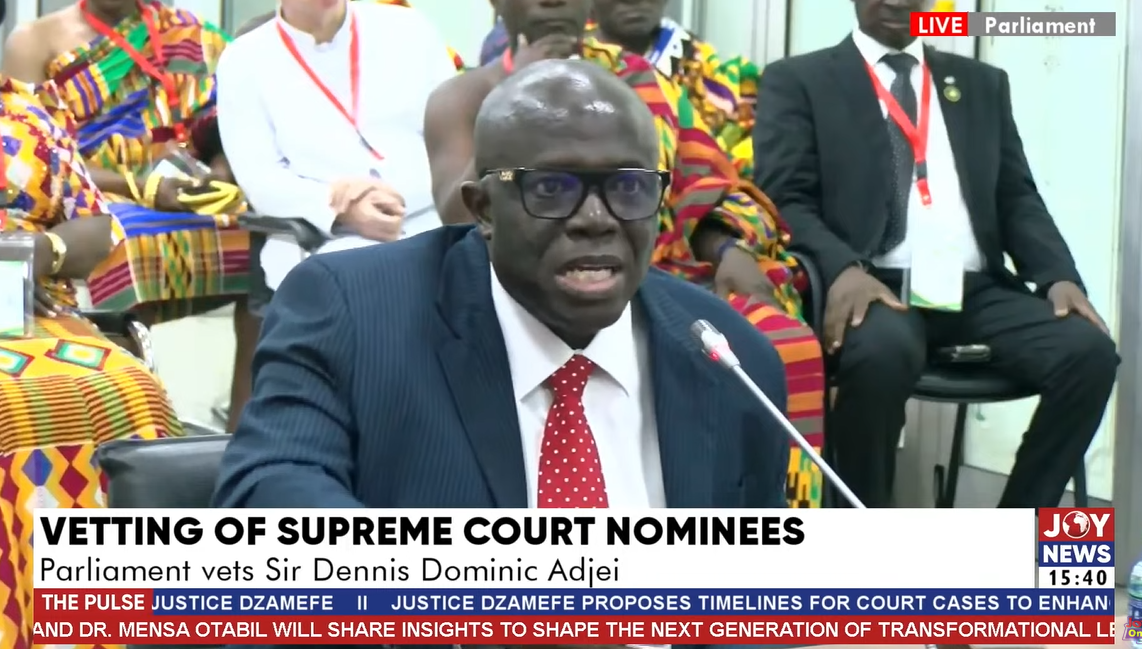Copyright Forbes

Dr. Flo Falayi, Senior Client Partner at Korn Ferry | Leadership Psychologist & Executive Coach. The most effective CEO I know starts his day by doing nothing. Not meditating, not planning, just being present. While others chase urgency, he's cultivating a leadership trait that most ignore and every team needs: presence. The Performance Trap That's Killing Leadership Here's the leadership lie we've all bought into: Faster decisions equal better results. More meetings mean more progress. Constant motion signals competence. But this "always-on" leadership model is creating a crisis of connection. Leaders are optimizing for speed while sacrificing depth, mistaking activity for impact and confusing urgency with importance. The data tells a different story: • Research published by PLOS ONE shows that leaders who demonstrate engaging leadership behaviors—including presence, strengthening personal resources and inspiring followers—generate significantly higher team engagement and improved team effectiveness over time. • Peer-reviewed research on mindfulness in leadership demonstrates that leaders who practice mindful awareness and intentional pausing before critical decisions show improved decision-making quality and reduced impulsive, costly choices. • Deloitte's "2025 Global Human Capital Trends" report emphasizes that as work becomes more boundaryless, uniquely human capabilities like empathy and curiosity become increasingly vital for leadership effectiveness and organizational change. So, why do leaders resist slowing down? Because presence feels like professional suicide in a culture that worships being busy. Coaching For Depth: The Antidote To Surface Leadership As a leadership psychologist, I see the same pattern repeatedly in my work with global executives. The leaders who scale their influence aren't the ones who move fastest but rather the ones who notice most. One global manufacturing CEO I coached revealed his breakthrough moment: "I realized I was solving problems that didn't exist because I never stayed still long enough to understand what was happening. That cost us a $40 million market opportunity." This is the difference between reactive leadership and responsive leadership. Reactive leaders operate from their mental scripts, defaulting to familiar solutions. Responsive leaders read the room, the moment and the underlying dynamics before choosing their move. True leadership isn't measured by how quickly you react but by how intentionally you show up, especially when leading across cultures. What appears as decisive leadership in New York can be perceived as disrespectful in Tokyo. What feels like collaborative consensus-building in Berlin can appear weak in São Paulo. Present leaders adapt their approach based on what they observe, not what they assume. 3 Pillars Of Strategic Presence If you're leading across complexity—whether geographic, cultural or operational—here's how to build presence as a competitive advantage: Read the room, not just the data. Before every critical interaction, ask yourself: What's the emotional temperature here? Numbers tell you what happened. Presence tells you what's happening. In virtual environments, especially, tune in to vocal tone, energy shifts and what's not being said. The most important information is often in the spaces between words. Anchor yourself before taking action. High-stakes decisions demand grounded leaders. Before entering any consequential conversation, take one intentional breath and ask: What outcome do I want to create here? This isn't about slowing down; it's about showing up with intention rather than operating on autopilot. Choose purpose over pace. Present leaders don't speak first or fastest—they speak with precision. When you do intervene, make it count. One well-timed, well-considered response carries more weight than 10 reactive comments. Your team is watching how you handle pressure. Show them what steady looks like. The Global Edge: Presence Across Cultures Presence isn't cultural relativism—it's cultural intelligence. In my work with multinational teams, I've observed that present leaders create what I call "psychological bridges" across differences. They notice when someone's communication style doesn't align with their comfort level, when cultural hierarchies create tension or when time zone differences affect judgment. This matters more than ever. The cost of getting this wrong is measurable: SHRM reports that cultural misunderstandings result in an average annual loss of $62 million for organizations due to reduced productivity and turnover (registration required). Present leaders prevent these costs by reading dynamics in real time and adjusting accordingly. The Bottom-Line Question In 2025 and beyond, executive success won't belong to those with the fastest reflexes or the loudest voices. It will belong to those who can find signal in the noise, who can lead from stillness even when chaos demands speed. Here's the question that will define your leadership legacy: What might shift—strategically, relationally—if you led from awareness instead of anxiety? The executives who answer that question honestly, and act on it, will be the ones who build the trust, influence and resilience that markets reward. Because in a world that never stops moving, the leaders who pause long enough to see clearly are the ones who move us forward.



